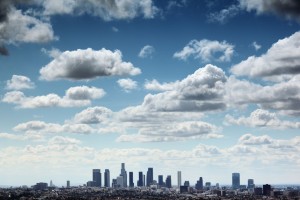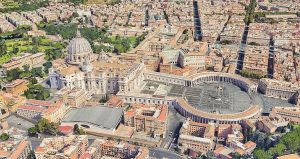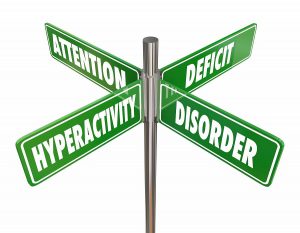 The sun has just set on a Friday and I am scampering past oncoming traffic in downtown Los Angeles. My destination? A long dormant corridor of this concrete jungle that has recently experienced a renaissance. Broadway in downtown is a thoroughfare full of history, the last vestiges of another era still linger (like the scattered bulbs that spell out Orpheum on a rooftop). But change is in the air and perhaps the Broadway Theatre District in downtown has yet to see its brightest days.
The sun has just set on a Friday and I am scampering past oncoming traffic in downtown Los Angeles. My destination? A long dormant corridor of this concrete jungle that has recently experienced a renaissance. Broadway in downtown is a thoroughfare full of history, the last vestiges of another era still linger (like the scattered bulbs that spell out Orpheum on a rooftop). But change is in the air and perhaps the Broadway Theatre District in downtown has yet to see its brightest days.
“Maybe the danger is part of the attraction,” said Cole Lundstrom, owner of Shirt Agency, a screen-printing company that operates out of downtown Los Angeles. “When you’re in a place like Burbank, you’re not in the same environment as downtown. It’s weird to walk your dog downtown, in Burbank you’re very very comfortable and very very safe.”
Whether it’s danger, brilliant architecture or a thriving night life, downtown Los Angeles has experienced a population bump in recent years. According to Los Angeles City Councilman Jose Huizar (who spoke with CBS recently), the population has grown from 10,000 to 50,000 in approx. ten years.
On May 21, 1917 when the Rialto Theatre first opened on Broadway, its neo-classical style and location made it a fixture in the district. As I hurry through evening foot traffic with Mr. Lundstrom in search of a meal I see the glowing lights of the Rialto’s marquee. This storefront offer perhaps a taste of the grandeur to come. The location is now an Urban Outfitters, a retail chain specializing in uber-chic clothes and home decor. The marquee has been refurbished and now looks likely more pristine than it did in 1917.
“Slowly but surely I can pretty much guarantee you all these retail stores are going to get much nicer,” says Lundstrom of the street.
The new Ace Hotel, just opened; Tanner Goods, Aesop and Acne Studios are also coming to the neighborhood. Much of this progress is the end result of the city’s Bringing Back Broadway initiative, which aims to capitalize on the rich history and architecture in the district in an effort to make downtown a more accessible, commercial destination.
“If you’re trying to get some sort of experience and you’re trying to absorb downtown and now downtown offers you something that isn’t filthy, it’s pretty exciting,” says Lundstrom.

























